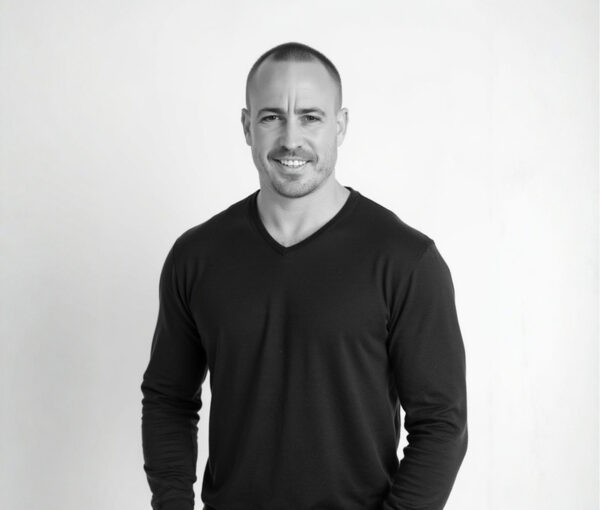Better than Sex
By: Helen Trinca
& Catherine Fox
Publisher: Random
House
Price: $34.95
The cover blurb explains it. Better than Sex: how whole generation got hooked on work is “about what you’re trading off in your love affair with work”. Well, sort of. It is certainly an enjoyable romp with the issues that impact, encourage or frustrate our attempts to have meaningful relationship with our jobs.
The authors edit and write for AFR BOSS, the leadership and management magazine published by the Australian Financial Review. And, as they put it, “we look to work to provide purpose [in life]”. But for some of us at least, our love affair with work has morphed into kind of “addiction” which, like other addictions, “fills the void” in our lives. And for others work is simply an escape from the pressing realities of daily commitments like family.
The danger signs for our society are, however, revealed in stories about individuals who confess to working like crazy not from any financial motivation, but because work for them is like mood altering and energising drug. “Once whole generation gets hooked, look out.” Why? “Because work can be as destructive to personal relationships, intimacy and sex as alcohol and heroin.”
Better than Sex is better written than good many books about work and getting the most out of your job, partly because the writers are just that; writers. They have, however, also done their homework and tell compelling story with conviction. The world of work has and is still changing dramatically and rapidly and our obsession with it appears to be growing.
Our immersion in work accompanies the technological revolution, the authors argue. Because it is technically possible we take increasing volumes of work home with us. We find it harder to switch off than on. The lines between work and play are increasingly blurred, in large measure because of the technologies involved. The book explains how the 1990s transformed the way workplaces operate, how we think about work, how we prefer to negotiate our own career options rather than join unions and how our increasingly well-educated and individualised workforce is challenging the way workplaces operate.
Then it digs into the ways in which companies “attempt to mould the workplace” and find the perfect worker, spec’d with the “right attitudes” and level of ambition.
The second section of the book is about the tension between individuals and organisations, creativity and control, and between work and family demands.
Finally, the book looks ahead. What should individuals do to remodel their contracts with the organisations that employ them? What will happen to us as people as well as workers in the 21st century?
It doesn’t exactly provide all the answers at its climax but it is more enjoyable reading experience than most books of the genre.
The 18 Challenges of Leadership
By: Trevor Waldock &
Shenaz Kelly-Rawat
Publisher: Penguin
Price $49.95
One of the enduring contradictions about leadership is the inverse correlation between an ever-growing library of literature about the topic and the diminishing number of inspirational and living examples of leadership in action. We seem to learn less from more. Business failures abound; ethics and values are, by and large, just entries in the dictionary; politicians lie – sorry spin; and religious fanatics use their “god given” beliefs to justify all manner of crimes against humanity.
Why is this? Is it simply that genuine role models merge unseen into the background of everyday life? Or is it simply that we look for leaders in all the wrong places? Is the reality that true leadership abounds but never makes it to the top because that is not the place where most leaders live?
The basic premise of this book is that leadership is about outer leadership skills – without which no one will follow – and inner leadership, upon which all leadership really depends. In other words, you cannot manage or lead others if you cannot lead or manage yourself. As the foreword to this book suggests; “leadership can be learned from within, but it cannot be taught from without”.
The 18 challenges thrown down by the executive coaches who wrote this book are clearly explained, supported by simple examples and reinforced through series of provocative coaching questions for the reader to answer. Then, they offer suggestions on possible ways forward.
This is very practical book that is underpinned by two key concepts. First, prospective leaders need to understand the fundamental concept of emotional intelligence and second, they need to play the “inner game” in which the players are your internalised voices of personal perceptions, family, friends, advocates, enemies, fears and irrational beliefs. Leadership’s external theatre is simply the performance the outside world sees.











